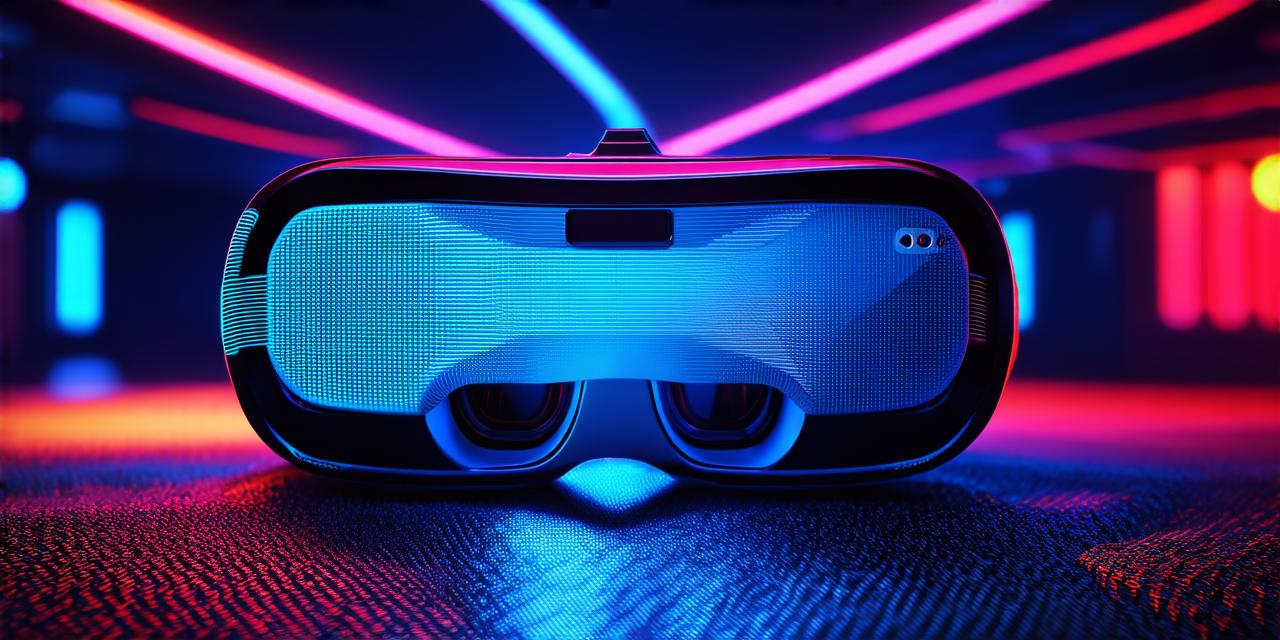Virtual Reality and Enhancing User Experience with Haptic Feedback and Eye Tracking
Virtual reality (VR) is an immersive technology that allows users to experience a simulated environment as if they were really there. The potential applications of VR are vast and varied, ranging from gaming and entertainment to education, healthcare, and even space exploration.
Item 1: Haptic Feedback
Haptic feedback is a technology that provides tactile sensations to users through physical interactions with their environment. This technology has been around for decades and is used in a variety of applications, such as gaming controllers, vibrating smartphones, and even massage chairs.
In VR simulations, haptic feedback can be used to provide users with a more realistic experience by simulating the feeling of touch in a virtual world. For example, imagine being able to feel the weight and texture of an object in a virtual environment or the sensation of walking on different types of terrain.
By integrating haptic feedback into VR simulations, developers can create more immersive and engaging experiences for their users. Research has shown that haptic feedback can enhance the user’s experience in VR simulations. A study published in the Journal of Virtual Reality found that haptic feedback improved the sense of presence and realism in a virtual environment.
Item 2: Eye Tracking
Eye tracking is a technology that allows computers to track the movement of a person’s eyes. This technology can be used in VR simulations to create more realistic interactions between the user and the virtual environment.
This technology can also be used to personalize the user’s experience in VR simulations. By analyzing the user’s gaze patterns, developers can tailor the content and interactions in the virtual world to the user’s preferences and interests.
Research has shown that eye tracking can improve the user’s experience in VR simulations. A study published in the Proceedings of the IEEE Conference on Virtual Reality found that eye tracking improved the sense of presence and realism in a virtual environment.
Case Study: NASA’s VR Spacewalk Simulator
NASA has developed a VR spacewalk simulator that utilizes both haptic feedback and eye tracking to create a more realistic experience for astronauts.
The simulator allows astronauts to practice spacewalks in a virtual environment, which can be especially useful for training new astronauts or practicing complex procedures. The simulator uses haptic feedback to simulate the feeling of weightlessness and movement in space. Astronauts can feel the sensation of floating and moving through space as if they were really there.
Additionally, the simulator uses eye tracking to create a more realistic interaction between the astronaut and the virtual environment. By analyzing the astronaut’s gaze patterns, the simulator can tailor the content and interactions in the virtual world to the astronaut’s preferences and interests.
FAQs:
What is haptic feedback?
Haptic feedback is a technology that provides tactile sensations to users through physical interactions with their environment.
How does eye tracking work in VR simulations?
Eye tracking allows computers to track the movement of a person’s eyes, which can be used to create more realistic interactions between the user and the virtual environment.
